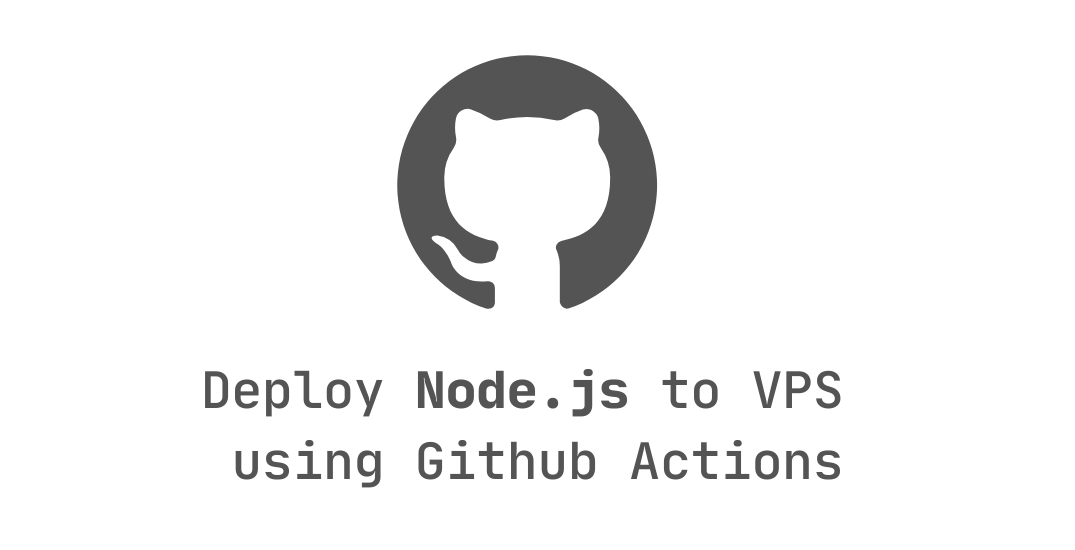Bucket policy is an access policy available for you to grant anonymous permissions to your Minio resources. Bucket policy uses JSON-based access policy language.
This section presents a few examples of typical use cases for bucket policies. The policies use testbucket strings in the resource value. To test these policies, you need to replace these strings with your bucket name. For more information please read Amazon S3 access policy language
The following example policy grants the s3:GetObject permission to any public anonymous users. This permission allows anyone to read the object data under testbucket, which is useful for when you have publicly readable assets. A typical example is a website assets stored in testbucket.
